Celebrating its 25th anniversary this year, Intersolar 2016 Europe in Munich was indeed a very special exhibition.
Visitors could witness the rise of one clear industry trend: more solar PV energy storage exhibitors than before presented their latest products, systems, and solutions in Munich in the framework of the Electrical Energy Storage (EES Europe) exhibition which like in previous years was held alongside Intersolar 2016 Europe.
This article summarizes some of our personal PV highlights at this major international exhibition – apart from the temptations of beer gardens and bretzels in sunny Munich.
Aquion Aspen: environmental-friendly AHI saltwater battery
The extent of this year’s EES clearly showed that most technology developments in the PV industry are now taking place in energy storage, underlining not only their increasing price competitiveness but also mirroring an overall trend from grid-feeding towards self-consumption.
Even though not having won the EES award this year, Aquion Energy’s Aspen battery – which we already introduced in an earlier article – was definitely a major and alternative technology highlight at Intersolar 2016 Europe among the many exhibitors of lithium-ion and lead acid storage solutions.
Aquion Energy’s Aspen is a maintenance-free, non-flammable and non-explosive deep-cycle battery that comes with a range of interesting features.
A first noteworthy feature is that the Aspen is a modular battery that can be flexibly configured according to the required system sizes even for large-scale systems in the MWhs range. Aspen battery blocks can be easily stacked on top of each other.
The core feature of the Aspen battery series is its environmental-friendly electrochemical design: it is based on Aquion Energy’s proprietary Aqueous Hybrid Ion (AHI) chemistry which is free from toxic chemicals and partly employs natural components that are fairly abundant on planet earth.
AHI battery cells feature an alkali-ion saltwater electrolyte and basically consist of a manganese oxide (MnO) cathode and carbon titanium phosphate composite anode with a synthetic cotton separator.
As compared to lithium-ion and lead acid solutions, Aquion Energy’s AHI-based saltwater batteries are more environmental-friendly, safer, and have a better temperature tolerance, however, they have a comparably lower energy density than lithium-ion solutions.
Ilumen PIDbox
Even in 2016, potential induced degradation (PID) remains to be a frequently debated and serious PV module performance and output yield-decreasing problem in the PV industry – a problem for which there is still no conclusive (pass/ fail) standard in place but only a testing specification (IEC 62804).
That said, one may seriously wonder about the reliability of PID-free marketing promises by many PV module manufacturers…
There are several companies that have developed technical solutions to that problem, such as the German PV technology company Padcon as well as Edison Energy’s Pidbull and company Ilumen from Belgium, which was nominated Intersolar Europe 2016 Award Finalist.
Ilumen’s cure to PID is its PIDbox which is designed to reduce the effect of PID and recover modules affected by potential induced degradation.
Basically, the PIDbox is connected between the inverter and the PV modules and can be integrated in series with both newly built and existing PV systems.
When the modules are inactive at night, the PIDbox disconnects the inverter from the modules and reverses the direction of current back to the modules, regenerating the cells of a PV module.
Even though the industry has discovered ways to curtail PID, yet, in the absence of a common international and conclusive standard regarding PID, the PIDbox is an attractive solution to mitigate the problem of PID effects on a PV system and preserve its performance.
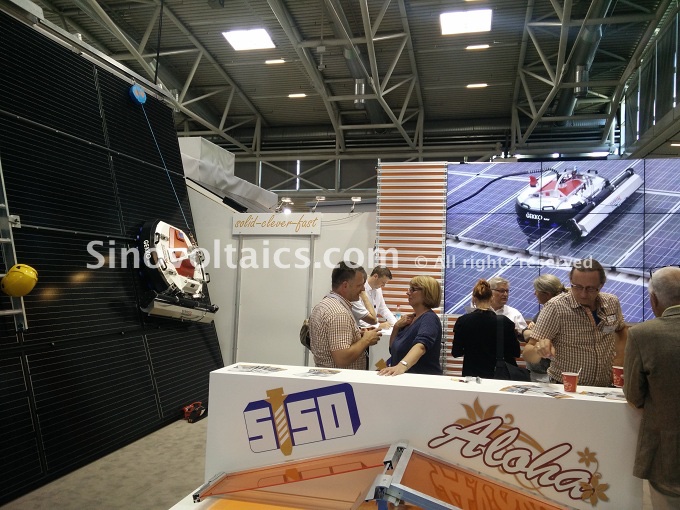
Serbot booth at Intersolar 2016 Europe
Like a Gekko – PV facade cleaning robot
Swiss manufacturer Serbot presented an outstanding PV array cleaning robot at Intersolar 2016 Munich: the nomen est omen Gekko Solar.
Named after the – often very colorful – lizards with their characteristic adhesive toe pads that enable them to adhere to extremely inclined surfaces including indoor ceilings with ease – the Gekko Solar is specifically designed for vertical PV array surfaces in the form of facades, such as in BIPV applications.
According to Serbot, the Gekko Solar is capable of cleaning modules with an inclination of up to 90°, employing vacuum flows to adhere to such surfaces.
Unlike the many water-less models presented by other cleaning robot manufacturers, the Gekko Solar uses de-mineralized water and cleaning brushes for module cleaning, providing for more thorough and less scratchy cleaning, especially with regard to dried solid dirt particles on the module surface.
Even though the usage of water provides for a more thorough cleaning, yet with regard to extreme environments such as hot deserts the water requirement is arguably an operational bottleneck of the Swiss cleaning robot.
It can work autonomously and be controlled remotely within a few hundred meters, yet since it lacks a built-in battery, the Gekko Solar needs to be powered by an external power source, which again complicates its usage on PV arrays installed in deserted regions with extreme climatic conditions.
Nevertheless, as it specifically addresses PV facade surfaces which are overwhelmingly found in urban areas, the Gekko Solar may be the tool owners and operators of such PV facade systems have been looking for.
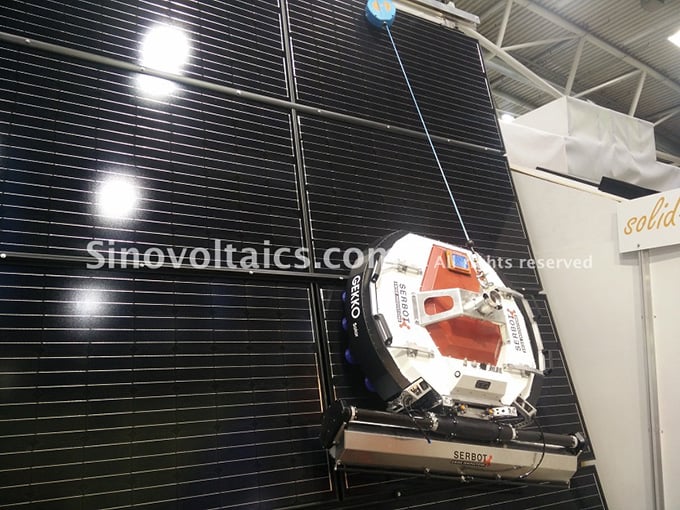
The Gekko Solar cleaning robot from Swiss Serbot
Intersolar 2016 Award Winner: LG NeON2 BiFacial
A highlight in Munich this year was the new model of the LG NeON2 multi-wire PV module by consecutive award-winning Korean chaebol LG, featuring n-type bi-facial solar cells.
Bi-facial solar cells are light-sensitive on both sides and can absorb sunlight from each side during the sun’s movement from east to west when installed vertically, also making for attractive, power-generating noise barriers along highways.
Bi-facial solar cells are also interesting for large-scale ground installations, thus benefiting from the reflection of light from the ground which provides a significant increase in power generation as compared to traditional modules.
In such applications, the ground can furthermore be treated with reflective, white paints or other materials to increase the reflection of the sun.
Integrating the multiple potential application options of bi-facial cells with its powerful CELLO technology, LG claims more than 21.6% cell efficiency on the front side and 20% on the rear side of each cell, along with the 12 multi-wire features of increased light absorption and reduced power losses.
The powerful LG NeON2 Bi-Facial offers a significantly better power output/ space consumption ratio than standard mono-facial modules, saving space, BOS, and system installation time and costs, is thus ideal for a broad range of applications, including noise barriers, carports, skyscrapers, and large-scale ground installations.

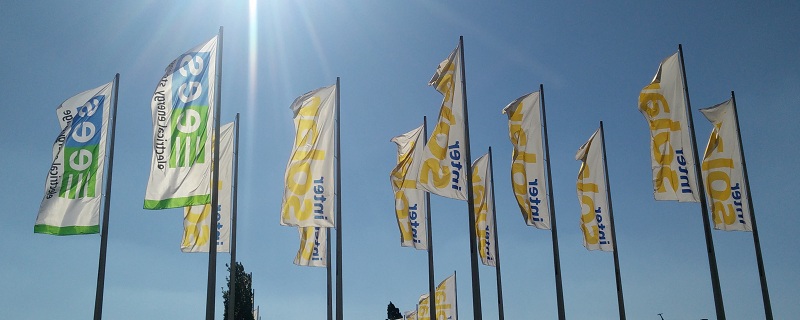
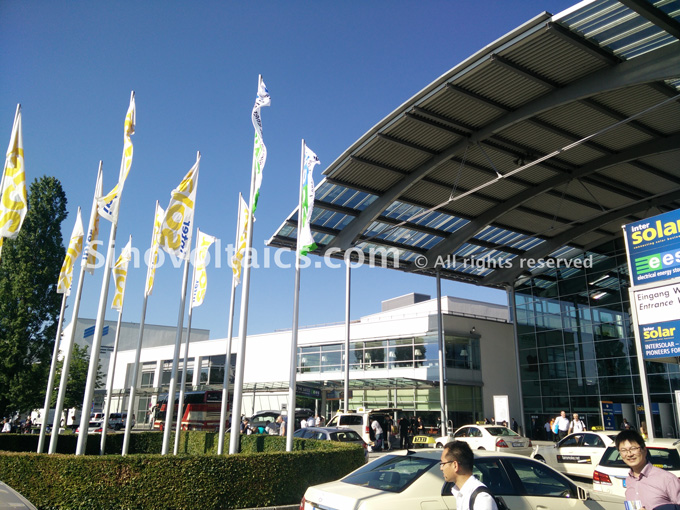
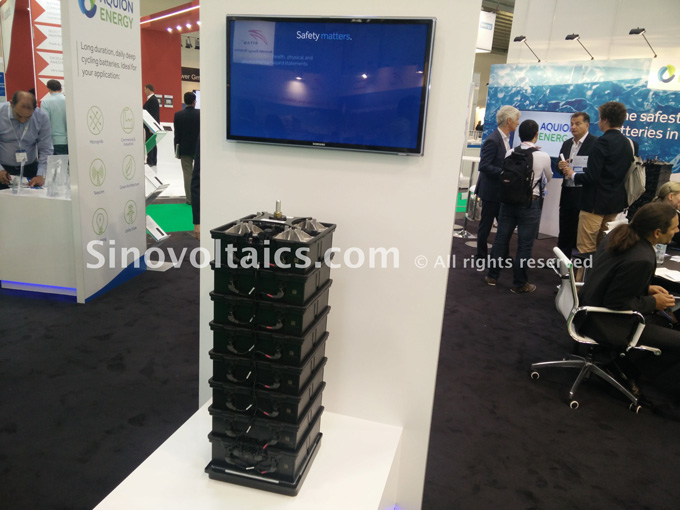
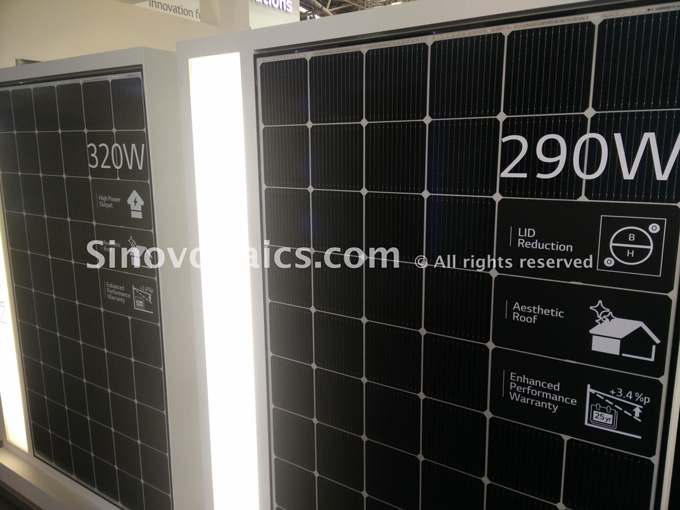
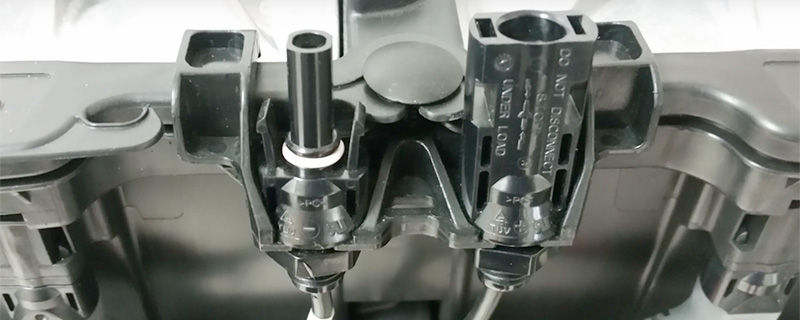
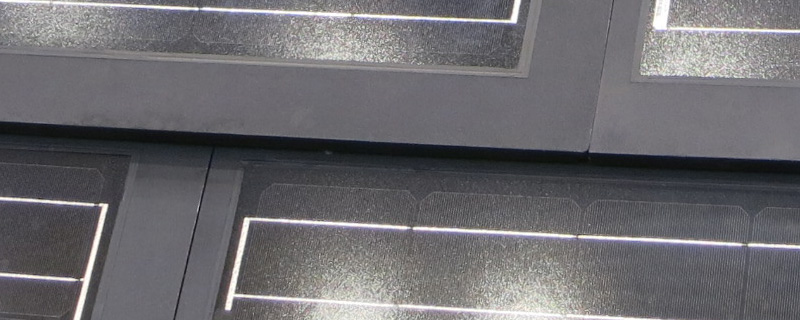
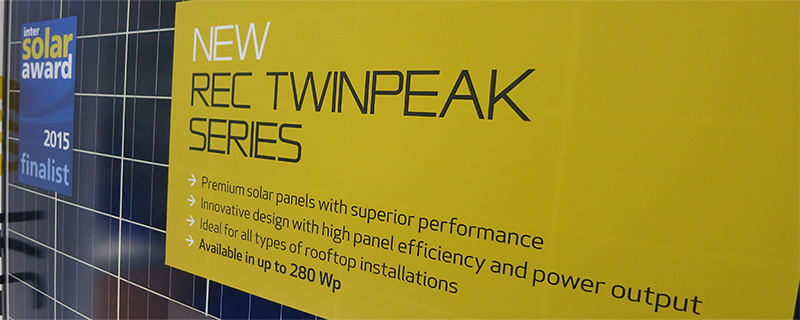
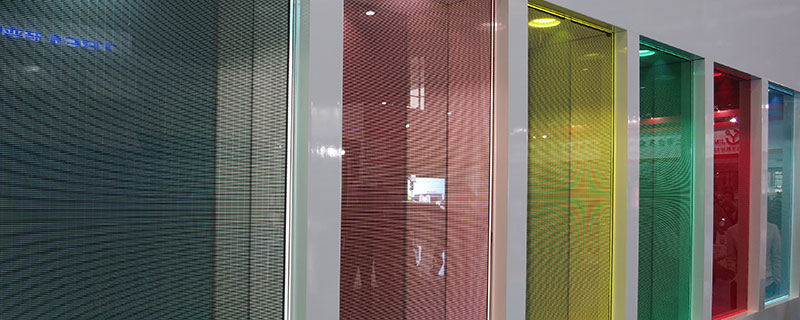
Sven Klavsjo
on 15 Jul 2016Niclas
on 19 Jul 2016